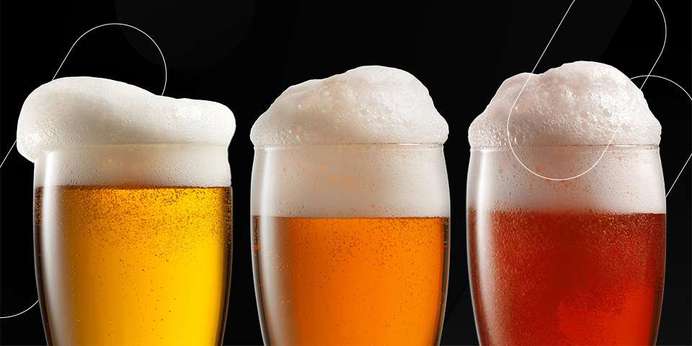
ASBC Color
The ASBC Beer Color scale has a range of approximately 1 to 11 units, with the more yellow, pale worts at the low end of the scale and the redder color of dark worts, beers and caramels at the upper end of the scale.
The industry reference method for ASBC Beer Color and Turbidity Is:
ASBC Beer-10 Color of Beer Part A. Spectrophotometric Color Method available from ASBC – American Society of Brewing Chemists, affiliated with AACC – American Association of Cereal Chemists, St. Paul, MN USA www.cerealsgrains.org.
The ASBC Color metric is based on a simple spectral absorbance (A) measurement at 430 nm of decarbonated beer using a 0.5-inch path length cell. The formula was originally defined as:
ASBC Beer Color = 10*(A½), 430 nm
In allow ASBC Beer Color to be measured and reported simultaneously using the same 10 mm cell path length cell that used to measure EBC Beer Color, a conversion factor of 1.27 is used to scale absorbance measured using a 10 mm path length cell to absorbance the original 0.5 inch path length cell.
A½, 430 nm = 1.27*A10mm@430nm
The resultant ASBC Color formula when the sample is measured in a 10 mm path length cell becomes:
ASBC Beer Color = 10*1.27*A10mm@430nm
The instrument is typically standardized or blanked to 100% transmittance (absorbance = 2) on the cell filled with distilled water.


